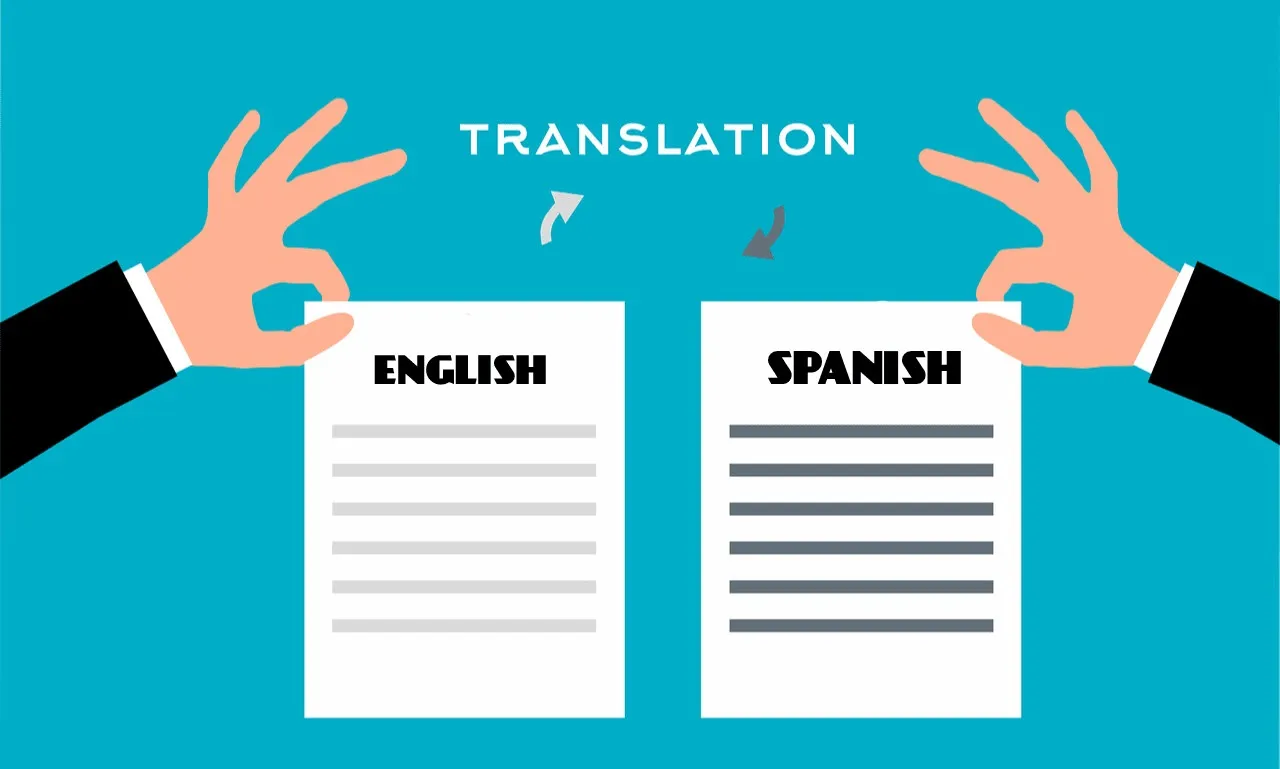
Why Is Translating to Spanish Important?
Spanish translation is one of the most important services for businesses today. It allows companies to reach a much wider audience base and boost their sales and revenue.
Although a bilingual friend or colleague could do the job, a professional translator will have far more experience and will understand nuances that aren’t always apparent to someone who is bilingual. Translating to Spanish requires specialized knowledge that cannot be replicated by machines.
Reaching a Wider Audience
With over 450 million native speakers and 180 million more who speak it as a second language, Spanish is one of the world’s most popular languages. Translating your content to Spanish allows you to tap into this booming market.
As the Hispanic population in the United States continues to grow, businesses are recognizing the importance of marketing and communicating with this audience. And as they do, they’re realizing that Spanish is a must.
Localizing your content to Spanish requires more than just rewriting your content in a different language. It also means taking into account different cultural nuances and dialects of the Spanish language. For example, in English marketing materials, there are often a lot of exclamation marks that can be seen as overly enthusiastic or even pushy in Spanish. Having a translation expert who understands these differences can make all the difference in your content’s impact. This is why choosing a professional translation services provider is so important.
Boosting Your Search Engine Rankings
With more than 450 million native speakers and nearly 180 million people who speak it as a foreign language, Spanish is a linguistic colossus. As such, it’s a key market for many business owners looking to expand their reach internationally.
However, a dearth of online content in the language can present significant challenges for businesses seeking to leverage it for e-commerce and other marketing purposes. As such, you’ll want to make sure that your translations adhere to SEO best practices when targeting this key market.
To help you get started, you’ll need to conduct research on your target market and select appropriate keywords that have high search volumes amongst your potential Spanish-speaking audience. You should also consider leveraging professional translation services to avoid any errors in the content that could impact user metrics and ultimately cause your site to suffer from Google penalties. In the long run, investing in professional translations can ensure that your online content resonates with more people and ultimately helps grow your business.
Increasing Conversion Rates
Providing information about your products and services in their native language significantly increases the chances of making a sale. This is particularly true if the translations are performed by professional translators.
With over 460 million native speakers and an even bigger group of second-language learners, Spanish translations are a necessity for companies in the United States. Hispanics make up one of the largest minority groups in America and are a powerful consumer base. Translating your website, marketing materials, financial documents, labels, and technical information into Spanish is crucial to reaching these potential customers.
However, it is important to note that not all Spanish translations are created equal. There isn’t a singular, “Spanish” language, but several varieties of it that differ from each other in terms of vocabulary, grammar, and nuances. This makes it essential to choose a qualified translator with knowledge of the different regional variations of the Spanish language. This will ensure that your content is accurate and understandable across the globe.
Increasing Sales
Having your PDFT.AI website translated into Spanish is one of the best ways to boost sales. It opens you up to hundreds of millions of people across Europe and Latin America.
Native Spanish speakers are a powerful consumer market. They also represent a key demographic for political campaigns. As such, it’s important for brands to reach them in their language of choice.
Using professional translation services is a critical component of the process. Translators understand the nuances of Spanish and can help you avoid embarrassing errors like mistaking “rope” for “balance.”
There are many types of Spanish, so it’s important to know which dialect(s) you’re targeting. Additionally, there are cultural differences between the languages. For example, English marketing materials tend to be less formal and more enthusiastic, while Latin American Spanish is more slang. The localization of marketing material helps to capture the right tone. It also demonstrates that you’re committed to addressing your audience in their language of choice.
